Sylvania Wall mounting lamps

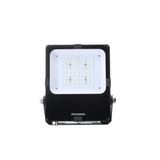


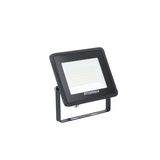
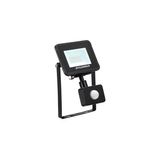




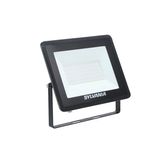
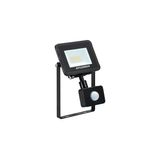

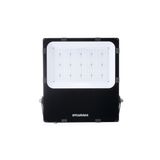

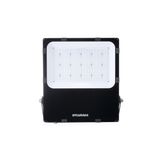
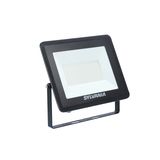

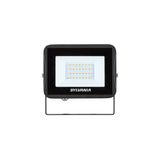
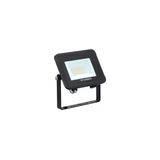
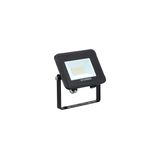
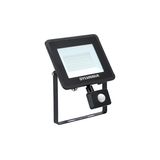

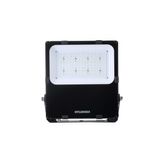
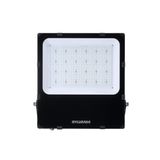

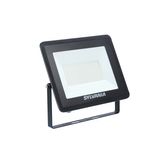

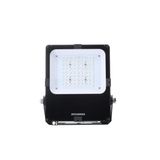




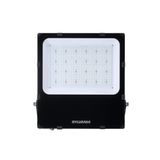


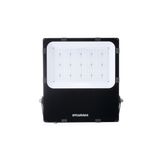


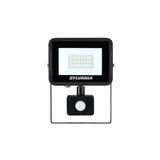


sylvania wall mounting lamps range and project context
Wall bodies serve corridors, stair cores, lift lobbies, and rooms where vertical illuminance drives safety and comfort. Housings run on 220–240 V AC, PF ≥0.9 (driver-dependent), THD ≤15%, with declared inrush for Type B/C MCBs. Output bands typically 800–4,000 lm; beam options include opal general, micro-prism low-glare, and asymmetric “wall-lift”. Colour sets 2700/3000/3500/4000/6500 K in ≤3-step SDCM; CRI 80 standard, CRI 90 for materials and skin tones. Engineers specify sylvania wall mounting lamps when they want predictable spacing and uniform colour from lobby to corridor.
sylvania wall lights optics and photometrics
Opal diffusers keep contrast down in circulation routes; micro-prism lenses reach UGR limits near VDTs; asymmetric optics raise vertical lux for signage and faces. Hold ~30% overlap to avoid scallops on long runs. In classrooms and offices, sylvania wall lights help meet EN 12464-1 targets with steady low-level scenes for cleaning and egress.
sylvania wall mounted luminaires mechanical and IP
Bodies use UV-stabilised polymers or powder-coated aluminium; seals are closed-cell EPDM/silicone; fixings are stainless in coastal or ammonia-rich air. Ratings: IP20 for dry interiors to IP65/IP66 for semi-exposed areas; IK08–IK10 where impact is expected. Terminals accept 0.5…2.5 mm² copper (EN 60999). Gear trays open without stressing gaskets so sylvania wall mounted luminaires keep their IP after service.
sylvania decorative wall lamps applications and styling
Lobby and hospitality zones benefit from slim trims, controlled sparkle, and warm CRI-90 options. Halo crowns or wall-graze inserts provide visual hierarchy without harsh brightness at high angles. When the fixture is visible, sylvania decorative wall lamps pair short-neck optics with centred entries so legacy conduits and uneven plaster don’t show.
sylvania indoor wall fixtures wiring and controls
DALI-2 addressed lines support scenes, groups, and test reporting; broadcast simplifies small rooms; 1–10 V covers legacy drivers. Presence/daylight logic: hold 10–30% standby, 5–1000 lx thresholds, 10 s–60 min timeouts. KNX/BACnet gateways expose occupancy and level states to the BMS. Install teams select sylvania indoor wall fixtures to keep override rules, emergency tests, and analytics on one backbone.
sylvania led wall lighting efficiency and drivers
Efficacy typically 110–140 lm/W; ripple and flicker indices stay within office guidance at low scenes. Surge protection 2–4 kV L-N indoors (higher outdoors); operating window −25…+50 °C model-dependent. Emergency: maintained/non-maintained per EN 60598-2-22 with addressable tests on DALI-2. Energy managers tag sylvania led wall lighting where quick kWh gains are required without altering wiring topology.
sylvania mounted sconces selection for B2B
Start with the task plane (vertical vs horizontal targets), then lock optic, lumen pack, and CCT/CRI. Confirm inrush vs MCB curve, PF at dim, and harmonics on shared phases. Choose bezel depth/colour and spacer rings to hide rough cut edges. For repeatable handovers, procurement records sylvania mounted sconces by EAN/MPN, IP/IK class, interface, and mounting kit.
Technical specifications and standards
- Electrical: 220–240 V AC; PF ≥0.9; THD ≤15%; declared inrush; surge 2–4 kV L-N.
- Photometric: 2700/3000/3500/4000/6500 K; CRI 80/90; ≤3 SDCM; lenses—opal, micro-prism, asymmetric.
- Mechanical/IP/IK: IP20/44/65/66; IK08–IK10; terminals 0.5…2.5 mm²; breathable membranes on sealed lids.
- Controls: DALI-2 EN 62386 (addressed/broadcast), 1–10 V EN 60929, push-dim; gateways to KNX/BACnet.
- Safety/EMC: EN 60598 luminaire safety, EN 61347 driver safety, EN 55015 emissions, EN 61000-3-2 harmonics, EN 62471 photobiological.
Applications and compatibility
- Offices/education: micro-prism optics, neutral whites, scene recall for presentation vs discussion.
- Healthcare: sealed faces for wipe-down, low ripple near instrumentation, neutral 4000 K.
- Housing/social: vandal-resistant bezels, long fade-downs for stair cores, warm CCTs in corridors.
- Retail/back-of-house: asymmetric beams to lift verticals on shelving, masking near glass.
Keep emergency circuits upstream of dimming; verify lampholder spring force and earth continuity with metal trims.
Integration with other Sylvania categories
Match CCT/CRI with Sylvania panels, linears, and pendants in adjacent zones. Use Sylvania automatics and control for presence/daylight logic and DALI-2 test objects; pair with Sylvania mounting and gland kits so IP/IK ratings survive servicing.
Selection criteria for engineers and buyers
- Define target lux/uniformity and beam family.
- Lock CCT/CRI and ≤3-step SDCM across phases.
- Check inrush, PF at dim, surge; align MCB curves.
- Confirm IP/IK, gasket material, ambient window.
- Document emergency mode/duration, test method, and label sets.
Advantages of working with Bankoflamps
Room-based pricing, live EU stock before crews are booked, and quotes in ~1 hour with EAN/MPN keep schedules tight. The portal shows lead times, shipment status, and downloadable price lists with stable validity windows. Approved accounts use post-payment up to 30 days. We consolidate partials to lower freight, and a dedicated manager cross-checks optics, driver interface, inrush/surge data, IP/IK, emergency kit, spacer rings, and bracket geometry against your drawings so cartons arrive site-ready across France, the Baltics, Germany, Spain, Italy, Belgium, and the Netherlands.